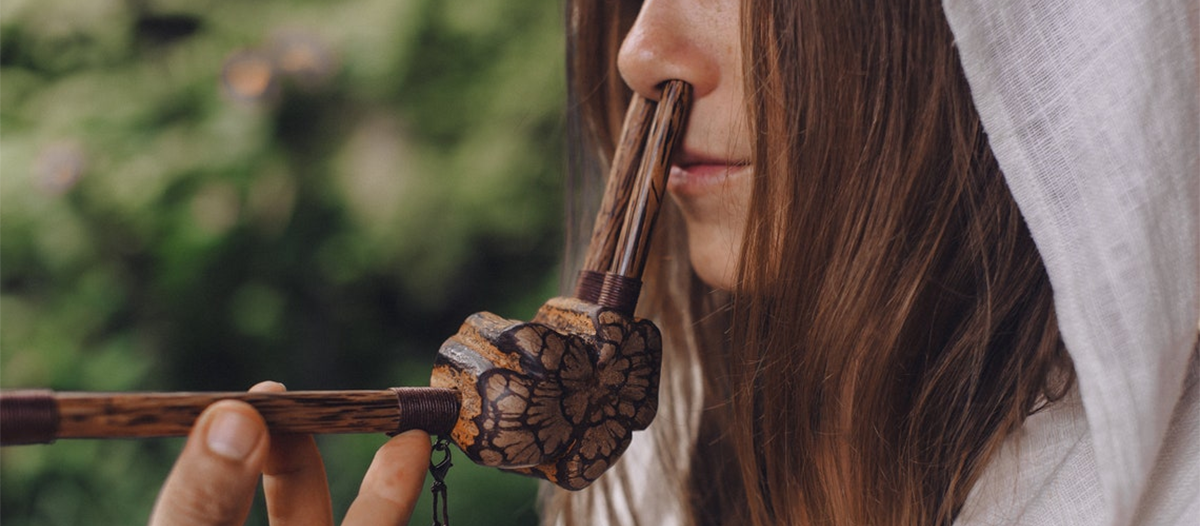
Rapé, also known as rapeh, hapé, and hapay (the spelling that most corresponds to the English pronunciation), is a tobacco-based snuff used in South American shamanism. It is a mixture of powdered plants, usually containing some kind of tobacco and tree ash, which is insufflated (blown into the nose) as a sacred medicine. It is often used in conjunction with ceremonial plant medicines, including ayahuasca.
Rapé is administered through a pipe called a kuripe or tepi, blowing it directly into the nostrils. The experience can be powerful and visceral and plays an important part in Amazonian shamanism.
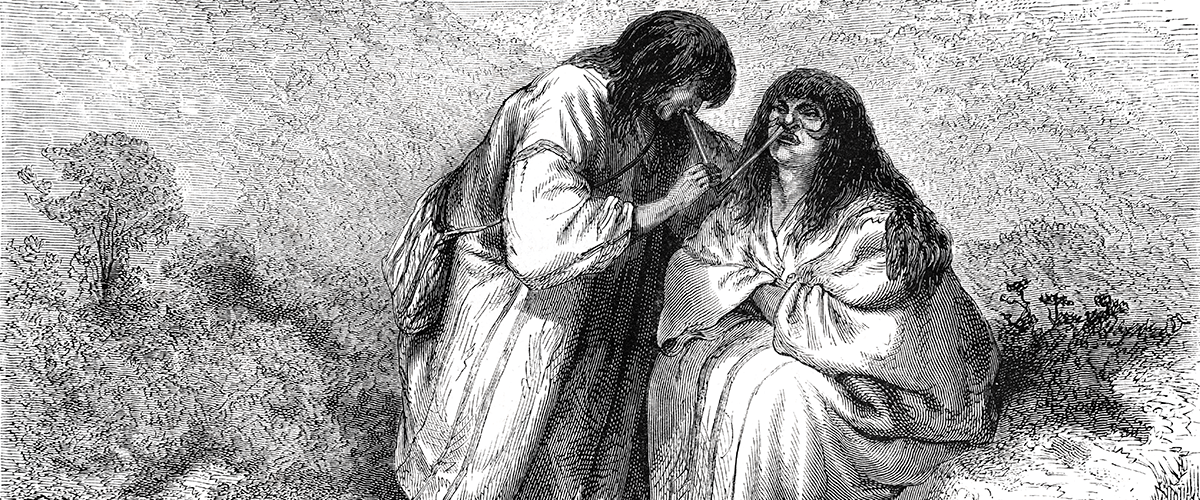
Tobacco, coming from Nicotiana tabacum and Nicotiana rustica, has been used medicinally in the Americas for thousands of years. It has been both smoked and snuffed throughout its history. The name “tobacco” probably comes from the pipe indigenous Americans smoked it through (tabago).
Since its earliest days, it was used by indigenous peoples in the Americas to treat illnesses and prevent disease. It also has a rich recreational history.
The insufflation (snuffing) of tobacco was a widespread practice across the Americas when it was discovered by Westerners in the 1500s. It quickly made its way across Europe and became popular with aristocracy – although in 1624 the Pope denounced its use, as the pleasurable sensation felt while sneezing (after insufflation) was considered to be too similar to sexual ecstasy.
The practice of using tobacco snuff in Europe eventually died out in the 19th century, with chewing and smoking tobaccos becoming more popular. However, in the Amazon, tobacco snuffs, especially rapé blends, remain important staples of shamanic cultures.
Rapé refers to a particular type of snuff that is found throughout the Amazon. It most commonly contains the Nicotiana rustica, along with other plant admixtures. Almost all rapé mixtures have a tobacco base, although there are some exceptions – like the green rapé made by the Apurina.
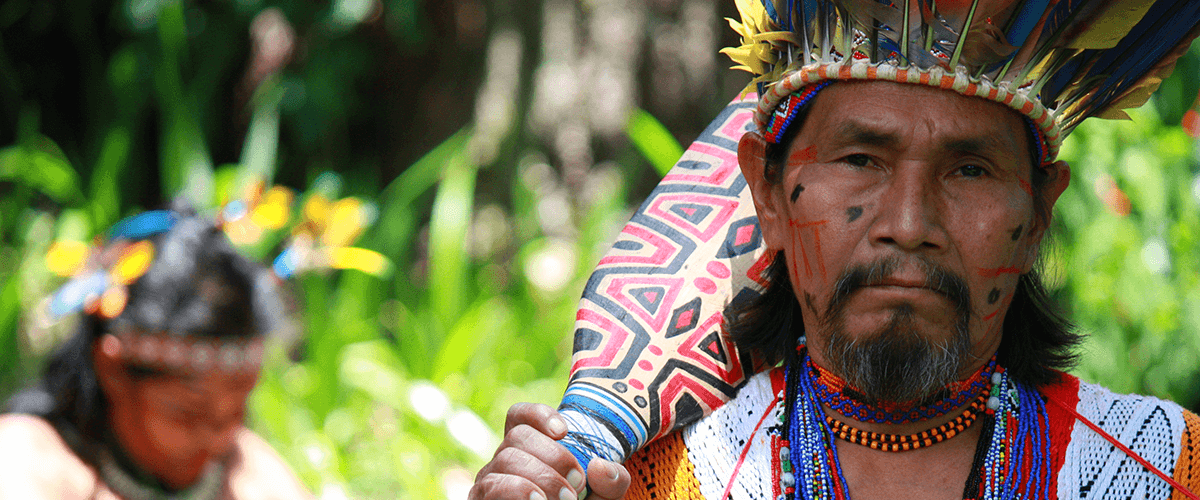
Rapé is currently used among many Amazonian cultures, most notably the Huni Kuin, Yawanawa, Katukina, Apurina, Nukini, and Kuntanawa. It is a foundational part of much of the tribal communities of the Amazon, used socially as well as in healing or ceremonial contexts.
Not only is it used in these cultures, but tobacco is also frequently smoked, drunk as a juice (extract), used as a salve, or included in ayahuasca recipes. It is used to purify and protect objects or people and expel negative energies.
In Amazonian traditions, tobacco is plant medicine as revered as any other – shamans train for years, fasting with it and becoming familiar with the spirit by journeying repeatedly into its realms.
Rapé has started to enter Western culture alongside the popularity of other indigenous medicines such as ayahuasca. As demand for rapé by Westerners has increased, indigenous groups are developing relationships with Western suppliers to ensure they can provide authentic recipes while protecting their cultural identity and ensuring the sustainability of the plants involved.
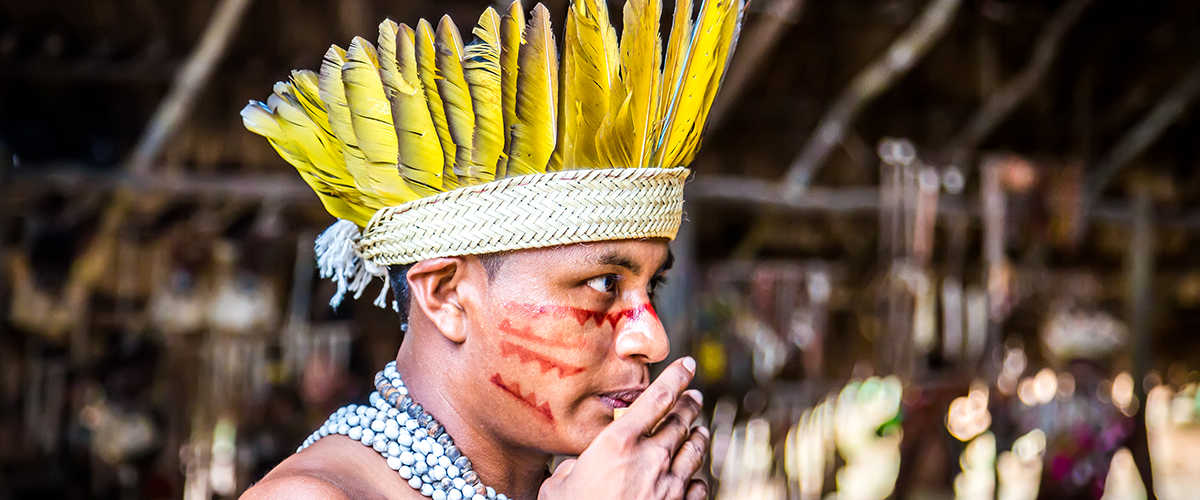
The rapé experience is very visceral because plant powder is literally being blown into your sinuses. It can be a shock and getting past the initial blow without the urge to sneeze, cough or vomit can take a bit of practice.
The nicotine in the rapé will hit you hard, and have an immediate stimulating effect – sometimes called a “jolt.” The other medicines in the rapé mixture, and whatever other plant medicines you have taken before the rapé application, will be enhanced and expanded by this stimulation.
It may take some getting used to, but after a while, you should be able to get through the initial physical discomfort of having powder in your sinuses and start to focus more on the effects of it. You can use the stimulation to get in touch with the tobacco plant spirit and allow it to work together with the other plant medicines in your system to bring out even more healing benefits.
Many people report taking rapé and feeling that the experience has helped them extract new meaning and power from other plant medicines that they hadn’t even known existed.
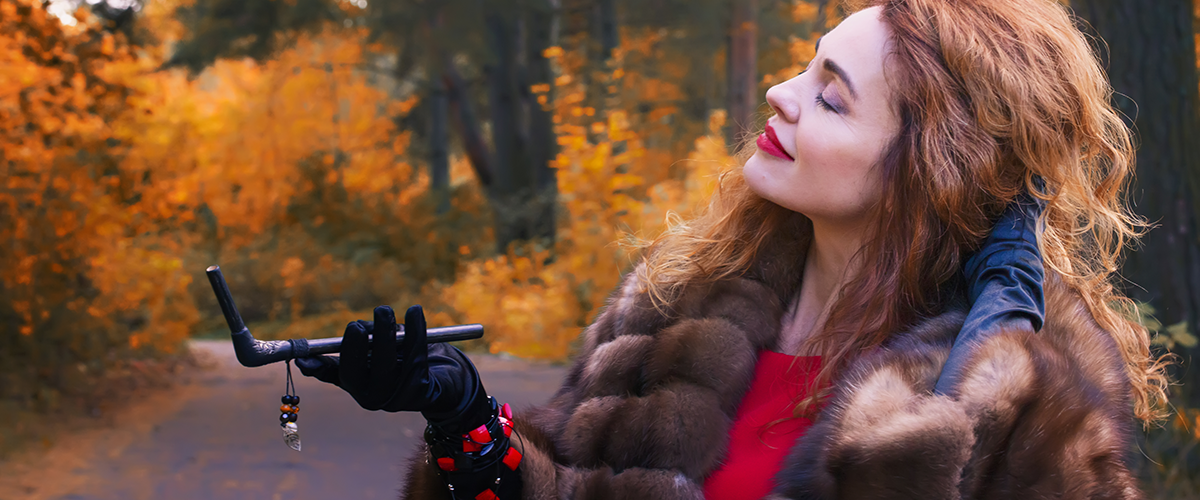
Rapé has unquestionably been used for its medicinal properties for countless generations. Not only is it used to treat physical issues, but its shamanic use allows healers to explore the shifting energies within their patients, restore spiritual imbalances, and remove negative energies.
The purgative properties are well-established; people often feel the need to vomit, defecate or clear their sinuses after a dose. This can be used to help clean the body of parasites, and can also contribute to a general feeling of detoxification.
There is not much Western research into the medicinal properties of rapé, and part of what makes this hard is that different blends use different plants and will therefore differ in their pharmacology and healing potential. However, we know a bit about the medicinal potential of the tobacco plant.
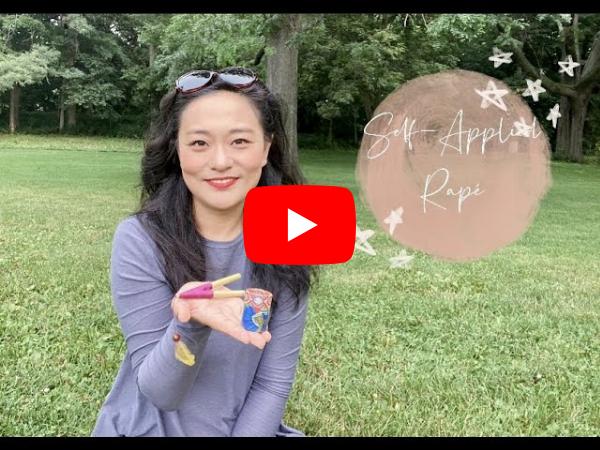
While there are some risks of ingesting tobacco, which we will discuss later, we also know that nicotine can have beneficial properties. Firstly, it’s an effective pain reliever, which is possibly why tobacco salves and topical juices have been used throughout history. Nicotine is also being investigated as a treatment for Parkinson’s disease and disorders like depression and ADHD. However, there have not been any Western studies into the specific medicinal properties of rapé snuffs.
Also, although the tobacco plant contains compounds that have antifungal and antimicrobial properties, this is mostly for the purpose of protecting it from disease (not always successfully!). While some have tried to make this connection, the belief that these compounds could also have a protective effect on humans is far-fetched.

Rapé pharmacology depends on what is included in the mixture. Although the main ingredient, tobacco, will be the same in most rapé blends, the other plants can also significantly influence the pharmacology of the mixture.
The pharmacology of nicotine is well-researched: it activates dopamine, a reward neurotransmitter in the brain, and also triggers the release of opioids. It acts as a powerful stimulant, triggering the release of adrenaline, and has well-established addictive properties.
Nicotine repels herbivores helping to protect the tobacco plant from being eaten. The tobacco plant itself has some antimicrobial and antiviral molecules in it, which protect it – but it’s unlikely these molecules would have any protective effects in humans.
Nicotine has no harmful interactions with common plant medicines like ayahuasca, but the stimulation (and purgative effects) could enhance the psychoactive effects of ceremonial medicines.
The other plants used in rapé blends will obviously influence the pharmacology of the dose and may interact with nicotine. However, the admixtures in rapé blends will have been carefully selected over hundreds of years of shamanic application, and are unlikely to be dangerous.
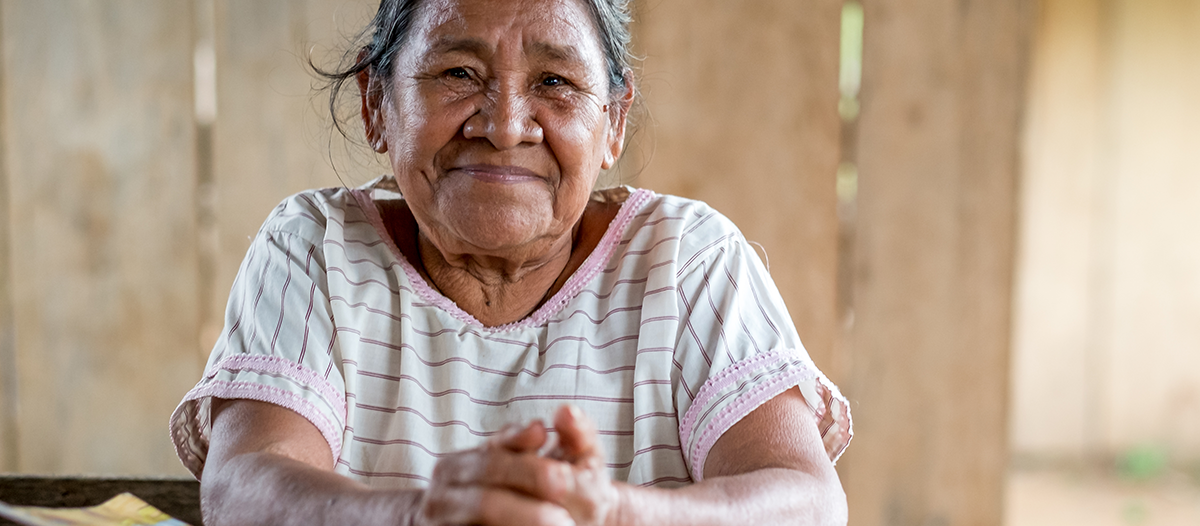
As we’ve discussed, rapé has many traditional medicinal properties, and nicotine is pharmacologically safe. However, tobacco products all have an element of risk associated with them, as any form of tobacco is carcinogenic to some extent.
Research suggests that taking tobacco snuff can be slightly safer than smoking tobacco – however, most studies compare Western cigarettes with Western snuffs, which all contain harmful additives and chemicals. In short, we don’t know how rapé snuffs compare with other tobacco products in terms of harm.
However, we do know that it contains the usual carcinogenic substances that are found in the tobacco plant. Many rapé blends are made by burning tobacco, which increases the carcinogenic properties of the plant. Therefore it’s reasonable to assume that, even though rapé may be less harmful than smoking Western cigarettes or taking Western snuffs, it will still increase your risk of cancer if you take it frequently.
Some may argue that since there is not a huge problem of cancer in indigenous populations who use rapé, the risk can’t be high. However, in the absence of large-scale studies into cancer rates in indigenous populations, we can’t make this kind of conclusion yet.
We advise you to be aware that taking any tobacco product carries an increased risk of cancer, and you should avoid taking it if you are pregnant.
The other risk of rapé is addiction. Nicotine is a powerfully addictive substance and it’s possible to become habituated to it. We recommend using it as sacred plant medicine, and not abusing it recreationally if you’re worried about addiction.
Finally, hygiene is also an issue, especially during a global pandemic. We advise against sharing blowpipes such as tepi and kuripe with others and making sure they have been properly cleaned before each use.
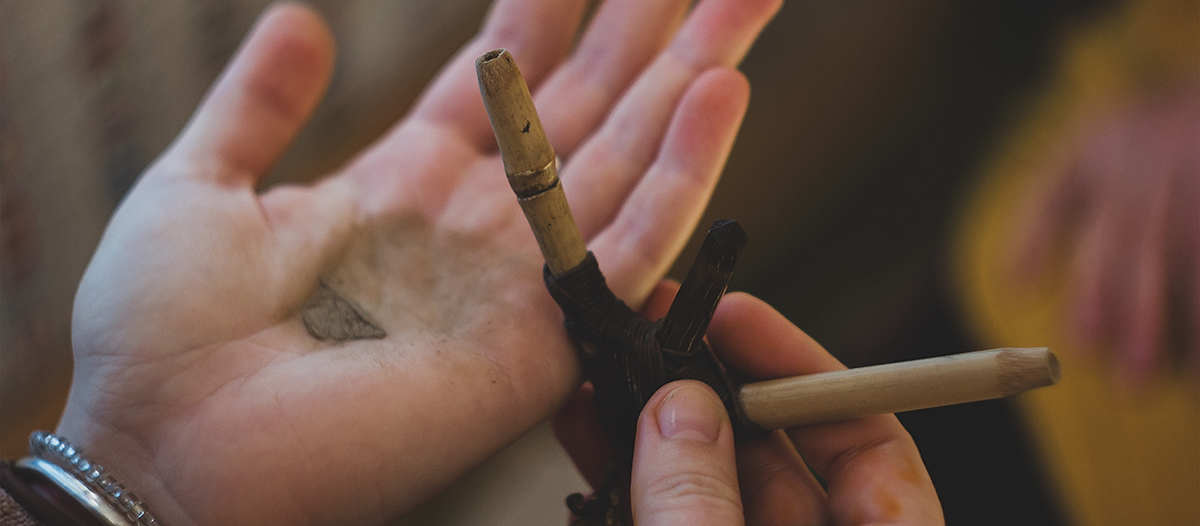
There are two ways you can take rapé. You can either self-administer it, using a special pipe called a kuripe, or have someone else blow it into your nostrils through a typical tepi pipe. When a trained shaman administers rapé, the act is known as a soplada – this term also refers to a special healing energy that is transmitted through the breath of the shaman, alongside the power of the rapé.
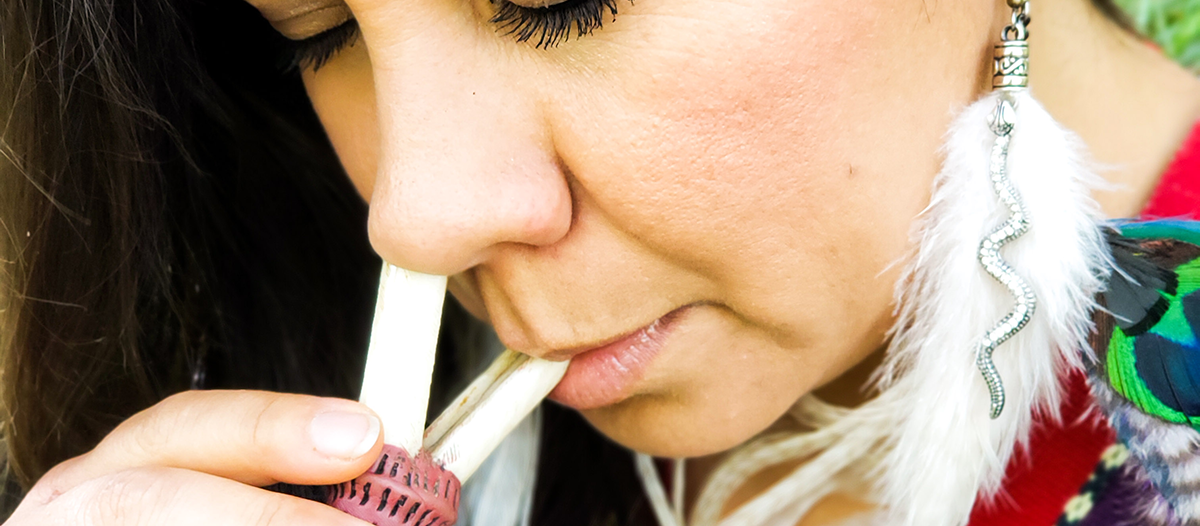
To start, you’ll need to get yourself a kuripe, which is a specialized pipe that allows you to blow rapé into your own nose. It is a V-shaped pipe, allowing you to put your dose of rapé at one end, insert it into your nostril, and blow through the other end. It takes some practice to master the art of blowing while also closing your throat to prevent it from making you cough, and you need to make sure you get a kuripe that fits you.
When you self-administer rapé with a kuripe, you’ll be missing out on the expert knowledge of a shaman, who can accurately gauge your dose and make sure you get as much benefit out of rapé as possible. However, self-administering can be useful if there are no experienced shamans around, or if you want to use it in your daily life.
To use a kuripe, put your dose of rapé in the nostril end of the pipe. This will be a pea-sized amount if you’re a beginner (you can go up from there once you get more comfortable). Make sure to ground yourself before you start – set an intention and make any prayers or chants that can help to bring your consciousness into the present moment.
When you’re ready, take a deep breath and place the mouth end of the kuripe to your mouth, and the nostril end (with the rapé) in your nostril. Lean forward and forcibly blow the rapé into your nose. Try to close the back of your sinuses at the same time as if you were about to dive into the water, and then try to fight the urge to spit, cough, sneeze or vomit for as long as you can. Allow it to do its work and feel into the rush of sensation.
Once the experience has died down, re-ground yourself and load up your second dose, and repeat the same steps with your other nostril. Leaning forward afterwards can help to minimize the unpleasant “backdrip” that you might experience as the excess powder enters your throat. It’s a good idea to rinse your nostrils out once the experience has totally passed.
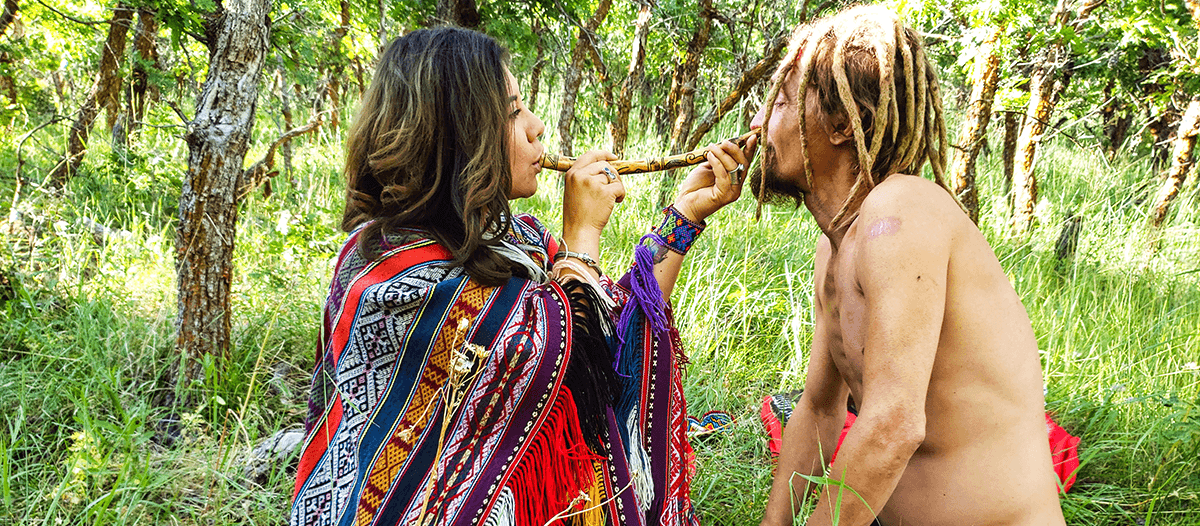
Although it’s best to seek out a shaman to provide you with a soplada of rapé, pretty much anyone can administer the powder. While a shaman will offer extra knowledge and understanding of how to balance the energies of the plant, it doesn’t take special skill to blow the powder up someone else’s nose.
For a soplada, you’ll need a tepi, which is a simple pipe. Much like the kuripe, you simply load a dose of rapé into the longer nostril end, place that into the recipient’s nostril, and blow in the shorter mouth end.
As with any plant medicine, you should make sure to spend time beforehand grounding yourself, and setting an intention. If you are with a good shaman, they will likely perform some rituals or preparations of their own, and spend some time connecting with you before administering the dose.
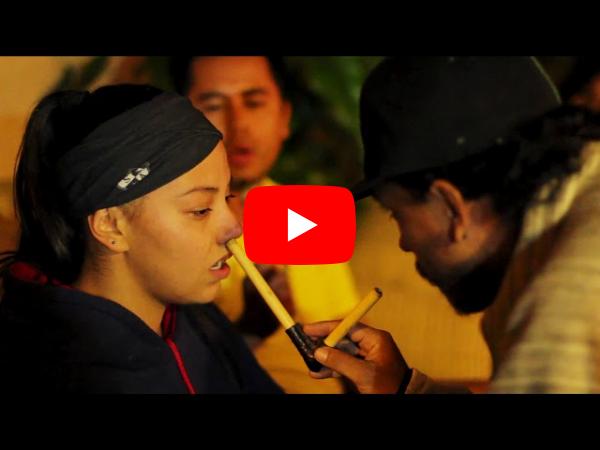
If you’re receiving a dose from a non-shaman, make sure to choose a small dose at first – a pea-sized amount in each nostril is good for a beginner. Otherwise, the shaman will determine an appropriate dose for you.
When the blower is about to blow, make sure to close off the very back of your sinuses as if you were about to dive into the water. Try to feel into the rapé after the shock of the initial jolt passes. You may feel the urge to cough, sneeze or vomit – try to lean forward to prevent the powder from trickling back into your throat.
Your shaman will load another dose and blow it into your other nostril after the effects of the first dose have passed. After both doses, and once you have regained presence, it may be good to clean out your nostrils when the ceremony is finished.
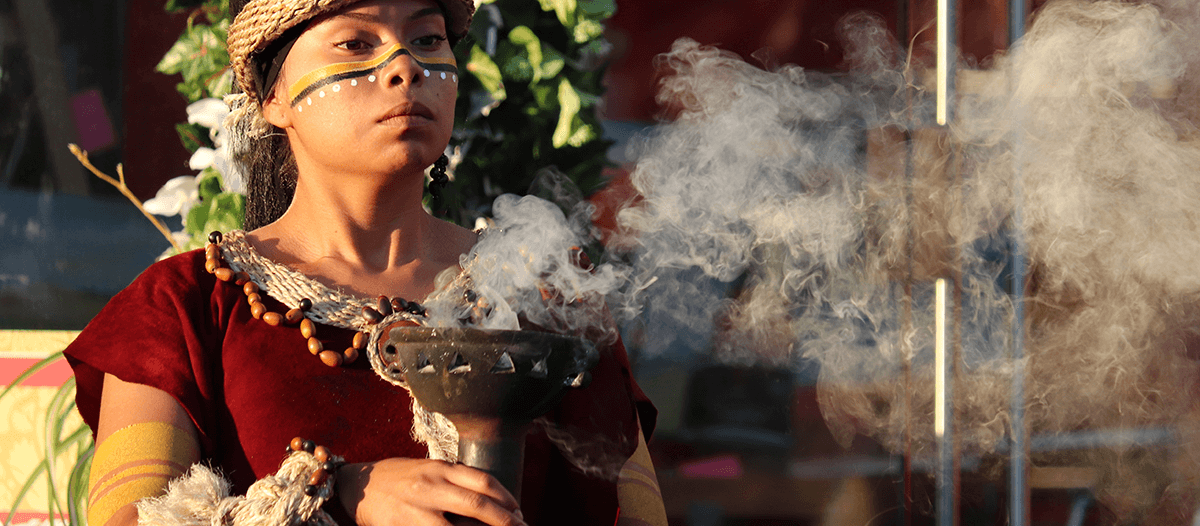
Although rapé can be used as a powerful plant medicine in its own right, it is often used before, during, or after ceremonies involving other plant medicines. Its properties mean that it can be used to cleanse and purge participants before powerful plant medicines like ayahuasca – meaning that you enter the ceremony more mentally and physically unburdened. It can also be used during the ceremony to trigger purging or to enhance the power of the plant medicine in question. Rapé can also be used afterwards to help mark the end of the ceremony and cement any healing and transformation that has occurred.
If you’re participating in an indigenous ayahuasca ceremony where rapé is being used, you might be surprised to see people taking it pretty much constantly throughout the night. This is normal for indigenous people, as rapé is a part of daily life in Amazonian culture.

Still, it is a powerful plant medicine and not just an adjunct to ayahuasca or other transformative medicines. It’s considered to facilitate a sacred communion with nature, and a way to connect with the plant spirits that are included in the rapé blend. Learning this ability to speak with the plants in rapé is just like learning to connect with any other sacred plant medicine. It is subtle, challenging, and ultimately can be powerfully transformative and healing.
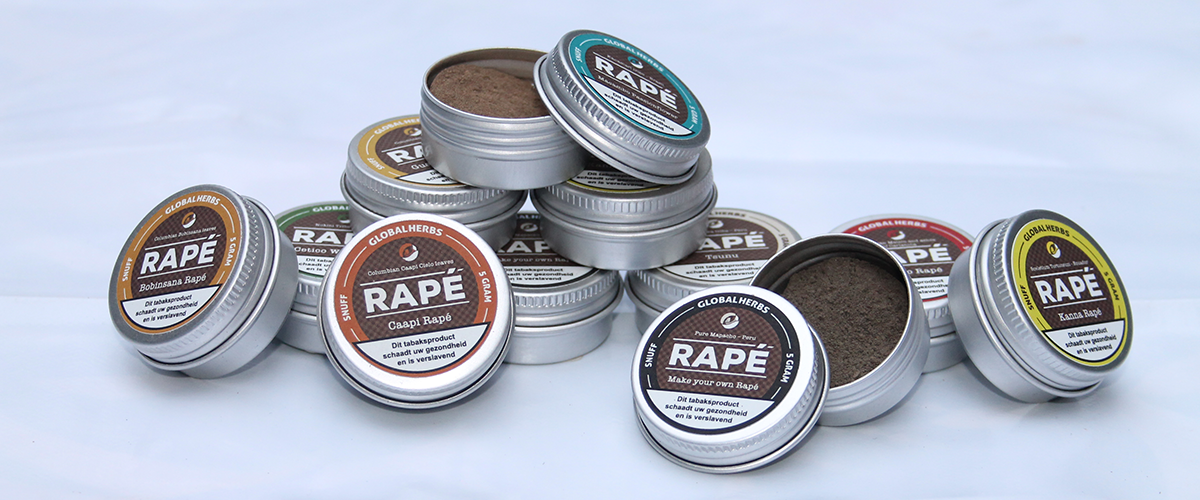
Every Amazonian culture that uses rapé will have a number of different blends that it uses, often passed down through generations of shamanic expertise. Blends will usually be intended for different purposes – some for spiritual exploration, and some for specific healing applications.
The effects of rapé may even change from batch to batch, as the potency of the plants in each blend will vary. So, no two doses will be the same.
The Huni Kuin make blends that are usually strong with tobacco. They often contain the ashes of the Murici tree, which is thought to possess a joyous spirit and to fight fatigue. You’ll also find rapé blends using ashes from the Cumaru tree, which is one of the longest-living trees in the Amazon, and one with the hardest wood. It’s thought to provide spiritual protection; however, cumaru ash contains coumarin, which can be toxic to the liver in large amounts, so take it in moderation.
The Kuntanawa make very fragrant rapé blends, which contain a number of traditional herbs designed to provide medicinal benefits. These plants include Chamba, Anador, and Alfavaca da Mata. In traditional lore, they are said to help combat negative energies, known as panema.
The Nukini are a tribe whose women lead the creation of rapé blends. Therefore, their blends are said to impart feminine energy. The most common blends use tobacco and the ashes of the Parika and Mulatinha plants, which are said to help with relaxation and add power to the blend.
The Yawanawa refer to rapé as rume, and make strong blends using tobacco combined with ash from the Tsunu tree. This is a powerful blend that can sometimes produce sweating and watery eyes.
As well as these traditional blends, many tribes make rapé that appeals to a Western audience. You may come across blends that includes admixtures like cacao, eucalyptus, chaliponga, and other plants that are familiar to Western psychonauts and plant medicine enthusiasts.

There are many options to purchase rapé online, but you will be hard-pressed to find a shop with our reputation and prices.
Elephantos has been a top-tier psychedelic provider for over 18 years, and we know that the way to stay on top is to prioritize product quality and customer satisfaction.
Our selection of rapé is sourced from GlobalHerbs, one of the most reputable and long-standing global suppliers of ethnobotanical products. We have multiple blends available, with admixtures of healing and aromatic herbs such as:
… and others, including a base tobacco version, so you can create your own custom blend by adding different ingredients!
You can trust Elephantos to serve you with the best products, the lowest prices, utmost discretion, and fast delivery.
Check out our rapé selection below and let us know if you have any questions.